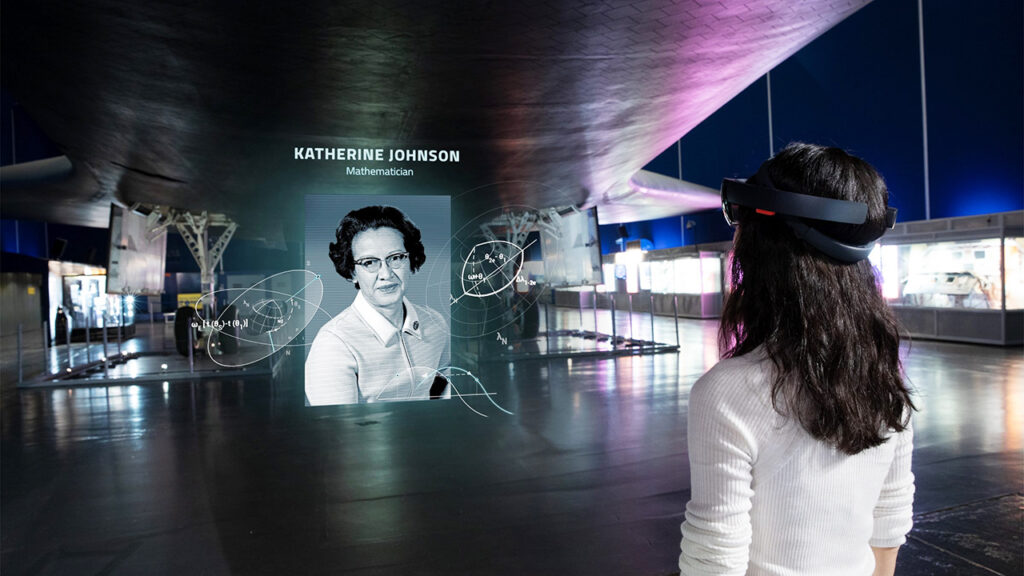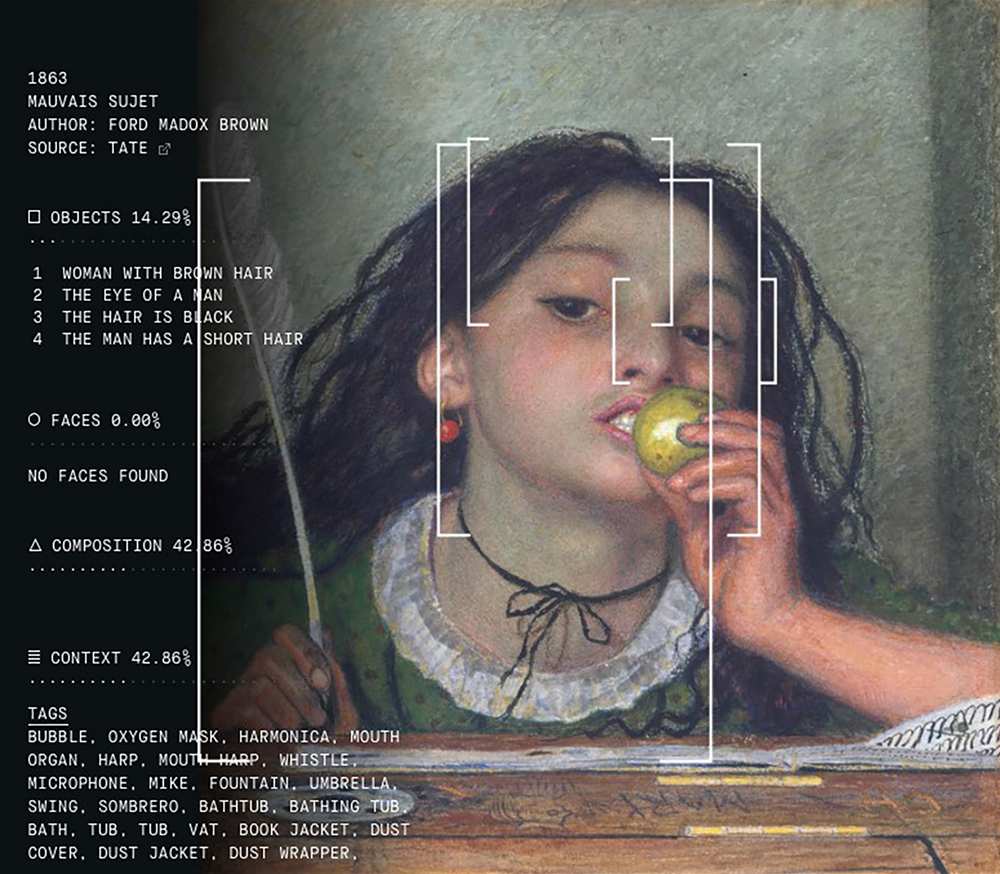Perhaps unsurprisingly for the woman leading Microsoft’s charge to digitize museums, the cultural experience inspiring Catherine Devine doesn’t hail from an institution fronted by Corinthian columns. Rather, it’s the technicolor projections and vast interactive displays from a teamLab exhibition in Singapore that linger. The Louvre, Musée d’Orsay, and their transatlantic cousins impress in scale and sheer beauty, Devine says, but teamLab reminds her why people seek out cultural experiences: to be immersed and to have fun.
Beyond kaleidoscopic flowers and carefree selfies, the inner workings of teamLab — a fully integrated system of sensors, screens, lights, and computers — echo the “connected digital experience” Devine is trying to bring to global museums. After developing solutions for schools and universities over four decades, Microsoft added libraries and museums to its Worldwide Education program in 2019 with self-described technologist Devine joining as Business Strategy Leader from the American Museum of Natural History.
Two obstacles hinder Devine’s digital revolution: limited museum resources and professional misunderstandings surrounding what it truly means to embrace digital. The pivot forced upon museums by 2020 lockdowns may have helped to thaw some techno-skepticism, but for Microsoft, audience-facing initiatives are only the most visible aspect of delivering cultural institutions into the 21st century. “Digital needs to infuse everything the museum does,” says Devine, noting the uses for digital encompass a museum’s backend processes, environment control, ticketing, research, and seemingly, most everything else.

Defying Gravity: Women in Space, a mixed reality experience at the Intrepid Sea, Air & Space Museum, used Microsoft HoloLens headsets to immerse visitors in the history of women in the U.S. space program. Image: Microsoft
The gap between the current state of digital in museums and its vast potential led to the Libraries and Museums Education Transformation Framework, a free self-assessment tool for museums to evaluate their digital maturity and future ambitions. Institutions assess their development across four categories: Enhanced Visitor Experience, Advanced Discovery, Dynamic Operations, and Intelligent Environments. Naturally, Microsoft boasts technical solutions for each area addressed, but the assessment involves no product promotions or follow-up email campaigns offering a spate of digital services. Instead, Devine hopes institutions will take the assessment, reflect on their goals, and reach out.
Here’s the thinking behind Microsoft’s digital-everything approach and Devine’s hopes for the coming year:
Connected data collection
Before coronavirus-era reopenings pushed museums to sell timed tickets online, too many relied upon visitors’ zip codes to determine demographics. Online bookings have opened museums to a world of visitor data — one that should continue to grow as the visitor arrives onsite. Deploying mobile sensors throughout a building, for one, allows an institution to better understand visitor preferences and behaviors, and in turn, provide specific offerings. “It’s not just looking at a database that says which exhibitions I visited or how much I donated; it’s dynamically changing. Imagine I linger at a Picasso longer than another artist, [AI] could infer I have more interest in one type of art over another.”

In partnership with the Tate, Microsoft supported the development of RECOGNITION, an algorithm able to study the features in paintings housed in the museum’s collection, and uncover hidden links between art and current events. Image: Microsoft
Lessons from retail
As recently as 2010, the notion of connected retail experiences was revolutionary. Physical stores and their online counterparts operated in separate silos. Today, the two work in tandem to build visitor profiles with online cookies and in-store sensors, and coordinate product sales to consumers. Consider how quickly curb-side pickup became ubiquitous once Main Street shuttered. Museums should do likewise: “The person at the customer service desk needs the same view as the website and the app — build a systems architecture that comes out of a single base and use the data to inform decisions, offerings, and marketing.”
Diversify hirings
The inequities of museum hiring practices resurfaced in summer 2020, but Devine cites another, much overlooked, area of deficiency: intellectual diversity. The lack of digital literacy she sees across institutions boils down to an over-reliance on art historians, and a shortage of individuals with backgrounds in technology and data analytics — a need that will grow as museums increase data collection capabilities. “[Museums] need to hire in new directions. Outsourcing is only a temporary path. You need people using the skills and technologies of today and to constantly reassess, because in ten years, it’s going to be different. Unless you bring in new thinking and new blood, you are going to get stuck.”
2021 roadmap
Comprehensive self-assessments should be followed by an action plan. The next step for Devine is creating a digital roadmap, one suggesting a baseline level of digital technology at museums and a pathway to introducing it. Her optimism on market interest? Growing. “Sometimes innovation requires a crisis. We’re seeing organizations being more agile and more willing to innovate. Museums have realized they are reaching more people with digital experiences and in ten years, I see the digital and physical museum as equal partners in this world, in the same way as retail.”



